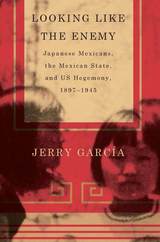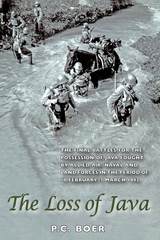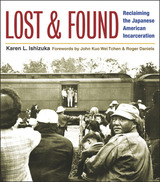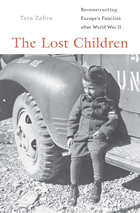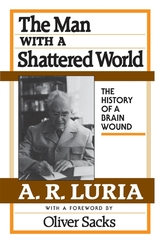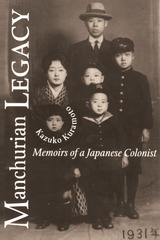Cloth: 978-0-674-40410-6 | Paper: 978-0-674-40411-3
No reader of this challenging book will ever view a Hitchcock film (perhaps any film) in quite the same way again. By a close analysis of five representative works and documenting his readings with more than 600 frame enlargements, Rothman shows how Hitchcock composed his films—how each moment bears his imprint and his special demands on the viewer.
It is the seriousness of Hitchcock's reflections on the murderous power of the camera's gaze, and on the larger mysteries of love and murder, that makes him a monumental figure in the history of film. Rothman follows the course of these reflections from the gripping images of the silent film The Lodger (1926) to what he terms Hitchcock's final call for acknowledgment in Psycho (1960). The continuity is traced through Murder! (1930), the most ambitious of the early films; The Thirty-Nine Steps (1935), which established a new genre (the "Hitchcock thriller") and gave the world its sense of Hitchcock as the "master of suspense"; and Shadow of a Doubt (1943), the director's cunning demonstration to an American audience of what a Hitchcock film really is.
Rothman's readings immeasurably deepen our appreciation of Hitchcock's individual achievement. At the same time the book is a sustained meditation, philosophically scrupulous, on the medium and the art of film, on the conditions of authorship in film, and on the ways that serious films might be approached in acts of viewing and criticism.
See other books on: Film | Hitchcock | Performing Arts | Rothman, William
See other titles from Harvard University Press

